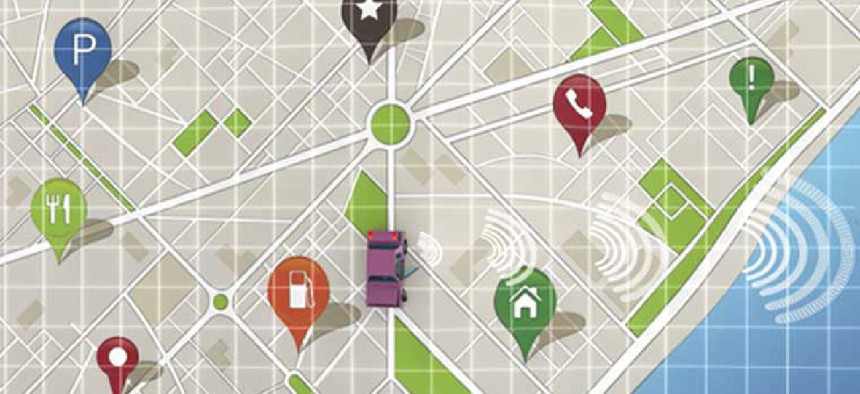
NGA eyes expanding homeland security info with business data
The National Geospatial-Intelligence Agency wants geolocation data on U.S. business operating in sectors considered essential to U.S. homeland security.
The National Geospatial-Intelligence Agency wants a geolocation dataset of U.S. businesses operating in sectors considered essential to U.S. homeland security.
According to a Jan. 7 request for information, NGA said it’s looking for sources of commercial geospatial databases that could be integrated into the Homeland Infrastructure Foundation Level Data (HIFLD) to inform senior leaders protecting the nation’s infrastructure. The data would support “operational, situational and strategic awareness” and facilitate crisis response, preparedness planning and infrastructure protection, the statement of work said.
The requested dataset would contain registered business records of companies operating in 17 sectors across all 50 states, territories and commonwealths. The data, NGA said, “shall provide accurate locational data, and proper categorization of feature types in order to correctly identify, aid, and expedite response/recovery efforts to emergencies and natural disasters.”
NGA is seeking data on the following sectors:
- Agriculture
- Mining and quarrying
- Manufacturing
- Wholesale trade
- Retail trade
- Transportation
- Warehousing and storage
- Postal and delivery services
- Industrial machinery rental
- Waste management services
- Outpatient care and labs
- Accommodations
- Dining and beverage
- Centers of worship
- Burial services
- Courts of law
- Fire protection
The HIFLD data collected would include a unique identifier, the registered name of the business, its full street address, county, latitude and longitude and feature types, such as animal production for agricultural businesses. Personally identifiable information would be excluded.
HIFLD data has been collected for several year and is available online in open, secure and licensed versions, and NGA regularly adds new information. The data has been used by the Centers for Disease Control and Prevention to analyze and respond to foodborne illness outbreaks and by the Forest Service’s Rocky Mountain Research Station for wildfire risk assessment and management on federal and private lands. Following Hurricane Sandy, New York City used HIFLD data to anticipate electric outages and cascading effects in Manhattan.
Responses to the RFI are due Feb. 5.
This article first appeared on GCN.